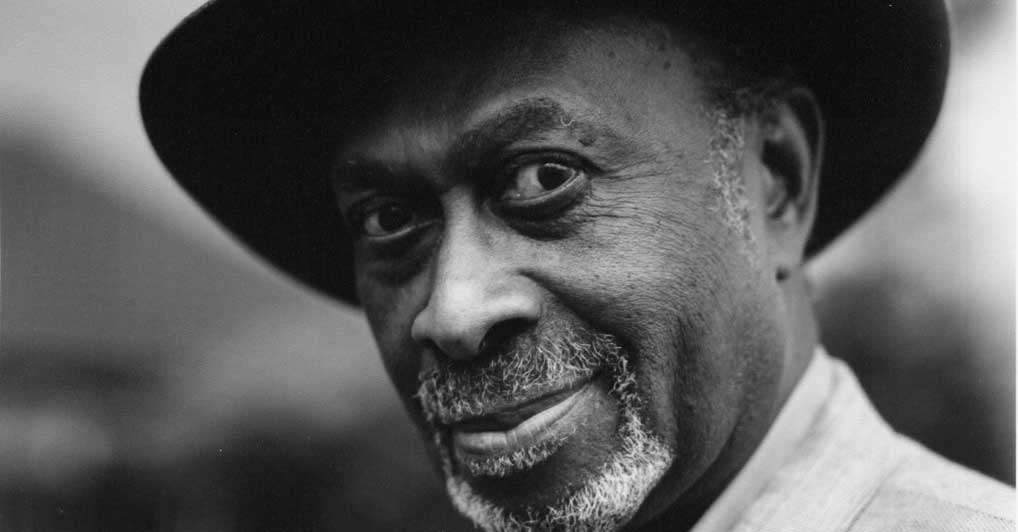Comment: Alien Covenant falls short feminism
Comment: Alien Covenant falls short of the original's feminism
Published on: 19 May 2017
Writing for The Conversation, Dr Sadek Kessous discusses the ways that the new Alien: Covenant film falls short of the original's trailblazing feminism.

It was pitched as “Jaws in space”, but director Ridley Scott’s original Alien film, released in 1979, couldn’t have been more different to Steven Spielberg’s blockbuster. Unlike Jaws (1975), Alien didn’t indulge in attacks on female skinny-dippers. Instead, it channelled second-wave feminism to reflect and critique the slasher genre’s spectacle of violence against women.
These politics are unfortunately a far cry from those in Scott’s new addition to the franchise, Alien: Covenant. Where Alien traced the contours of sexual violence, Scott’s new prequel excavates the original’s mystery, horror and feminism, leaving an empty shell that is all too redolent of the B-movie sexism its predecessor transcended.
Now nearly 40 years old, Alien still gives men more than a few reasons to squirm in their seats. The film’s monster, the insuperable “xenomorph”, is a seven-foot phallus, pouncing from shadows to attack male victims with a thrusting set of angry teeth. Its larval stage is a “facehugger” that impregnates its victim by clamping its reproductive organs over his mouth. The process culminates once the victim has carried the child-parasite to term and dies in bloody childbirth.
This imagery of male rape, noted by the film’s critics and creators, allowed Alien to exploit a singularly male fear: that some monstrous thing might treat men in the same way that men too often treat women.
However, Ripley – the film’s protagonist played by Sigourney Weaver – prevents Alien from fixating on solely male anxieties. The alien’s victims, almost entirely men, are the poorly paid haulage crew of the spacecraft Nostromo. Their employer – “the company” – conspires to obtain the xenomorph, at the cost of their lives.
Scott’s stroke of genius is that, as all the male crew members die gruesome deaths, Ripley emerges as the central figure. The character had originally been male but was later recast by Scott. This meant that Ripley represented the doubly assaulted woman, facing both the xenomorph’s sexual violence and her employer’s gendered economic exploitation. Audiences feel the structures of sexism and then reflect on the fact that it is Ripley, and not the male crew, who both resists “the company” – even when their sleeper agent literally attempts to ram a porno-mag down her throat – and kills the xenomorph.
Male fantasy
At first glance, the apple of 2017’s Alien: Covenant doesn’t seem to have fallen far from the tree. All the familiar beats are present as the cast of characters is whittled down – and Katherine Waterson’s Daniels, the ship’s third-in-command, emerges as the heroine/survivor.
And yet, in a film that resembles the very slasher exploitation cinema that Alien rejected, the echo of Ripley rings hollow in Daniels. Throughout Covenant, female characters haplessly slip and fall at crucial moments. They react stupidly and selfishly in moments of crisis. Twice women conveniently leave the group to bathe, granting the audience the voyeuristic opportunity to enjoy their predictable demises. The particularly egregious shower scene – in which the camera lands upon a naked Callie Hernandez, drenched in blood and screaming – is the furthest remove from the original film’s feminist aesthetic.
Covenant’s script matches this ornamentalisation of women, reversing Alien’s narrative formula and limiting the role of its female protagonist. Instead of Daniels, the plot revolves around Michael Fassbender’s Wagnerian villain David, a robotic creation of “the company”.
David madly presides over an unpopulated world, determined to outstrip his human creators by bio-engineering the xenomorph. This new take divorces the sexual violence of the alien from the structural violence of “the company”. Rather than the monolithic corporation, violence now centres around David – the corrupted anomaly of male power rather than the prime example of its values.
The film’s symbolism ultimately condemns David for his desire to break with a “natural” order. He perverts the company’s gendered directives by longing to create life alone, an act that requires he embody both male and female sex roles. Covenant couples this “deviancy” with a sexually charged scene involving a flute and David kissing his own doppelganger. And so the original Alien’s critique of heterosexual-masculine-capitalist violence is displaced, by the actions of the new prequel character.
Rather than galvanising Alien’s feminist critique against a patriarchy that divides labour according to gender norms and normalises sexual violence, in Covenant Scott instead finds a scapegoat in the victims who are not adhering to the patriachy’s standards.
This is all encapsulated by the film’s final image. Alien’s horror fixated on deathly male-birth throughout the movie. By contrast, Alien: Covenant’s parting frames voice its kink-shaming terror through Fassbender’s smiling face, happily birthing xenomorph embryos from his mouth.
Sadek Kessous, Teaching Fellow in Modern and Contemporary Literature, Newcastle University
This article was originally published on The Conversation. Read the original article.



